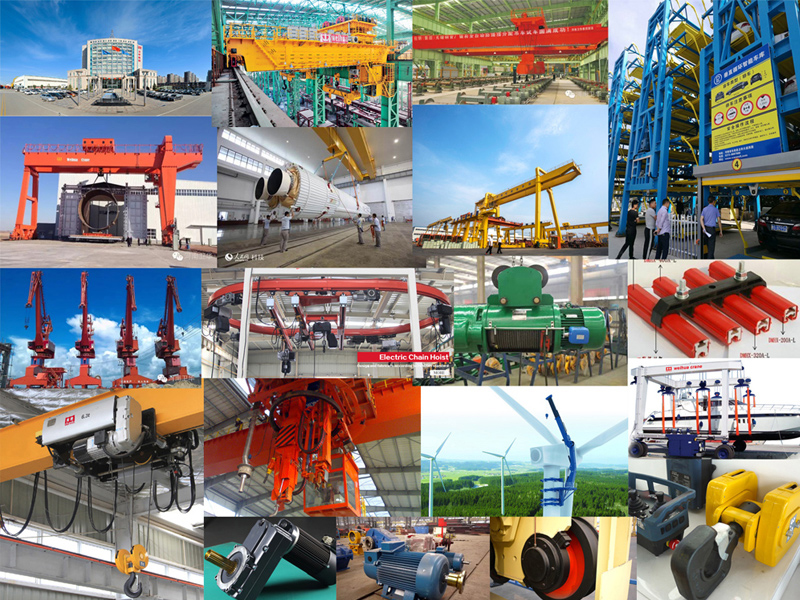Within the bustling ecosystem of a modern warehouse, overhead cranes are the workhorses, silently and efficiently moving materials that keep operations flowing. Już, the unsung hero at the very end of the lifting chain is often overlooked: the crane hook. Selecting and maintaining the correct hook based on precise warehouse crane hook specifications is not merely an operational detail; it’s a fundamental pillar of safety, efektywność, and regulatory compliance.

A Haczyk dźwigu is the direct point of contact between the lifting mechanism and the load. Its failure can have catastrophic consequences – dropped loads endanger personnel, damage inventory and infrastructure, cause costly downtime, and lead to severe legal and financial repercussions. Understanding and adhering to specifications ensures:
1. Bezpieczeństwo: Prevents catastrophic hook failure under load.
2. Niezawodność: Ensures consistent performance and longevity.
3. Zgodność: Meets OSHA, ANSI/ASME B30.10 (Haczyki), CMAA, and other relevant standards.
4. Efektywność: Matches the hook to the crane’s capacity and typical loads, optimizing workflow.
5. Zgodność: Ensures proper fitment with the crane’s hoist block, rigging hardware (kajdany, chusty), and below-the-hook devices (spreaders, magnesy, grabs).

When selecting or inspecting a hook for a warehouse crane, these are the critical specifications to consider:
1. Ocena obciążenia (SWL – Safe Working Load or WLL – Working Load Limit):
2. Typ haka & Projekt:
3. Tworzywo & Manufacturing Standard:
4. Safety Latch Requirements:
5. Kontrola & Maintenance Markings:

1. Start with Crane Capacity: Know the crane’s rated capacity at the hook point.
2. Analyze Typical Loads: Consider weight, wymiary, center of gravity, and lifting attachments used (sling types, below-the-hook devices). What throat opening is needed? Is a ramshorn hook beneficial?
3. Determine Required SWL: Select a hook with an SWL meeting or exceeding the crane’s capacity, considering any potential derating factors relevant to your lifts.
4. Specify Hook Type: Oko, widelec, or ramshorn? Ensure compatibility with your hoist block or lifting mechanism.
5. Mandate Safety Latch: Require a functional, self-closing safety latch unless a specific, documented exception exists (rare in warehouse settings).
6. Demand Certified Quality: Source hooks from reputable manufacturers adhering to recognized standards (ASME B30.10, ASTM A952, Specyfikacje CMAA). Ensure full traceability and certification documentation.
7. Prioritize Inspection: Establish a rigorous, documented inspection schedule (daily/pre-shift visual checks by operators, periodic detailed inspections by qualified personnel) based on usage and severity of service. Replace hooks that exceed wear limits or show any signs of damage.

Warehouse crane hook specifications are far more than just numbers on a drawing. They represent the critical engineering parameters that safeguard lives, protect assets, i zapewnić płynne działanie. Ignoring these specifications is an unacceptable risk. By thoroughly understanding load ratings, hook types, material standards, latch requirements, and inspection criteria, warehouse managers and safety professionals can make informed decisions, procure the correct components, and implement robust maintenance programs. Treating the humble hook with the respect its specifications demand is fundamental to building a safe, wydajny, and reliable warehouse lifting operation. Never compromise on the integrity of the final link in your lifting chain.
Cenimy twoją opinię! Wypełnij poniższy formularz, abyśmy mogli dostosować nasze usługi do twoich konkretnych potrzeb.


Kliknij przycisk, aby uzyskać informacje o produkcie i cytaty na WhatsApp.
Zdobądź wycenę
Najnowsze komentarze